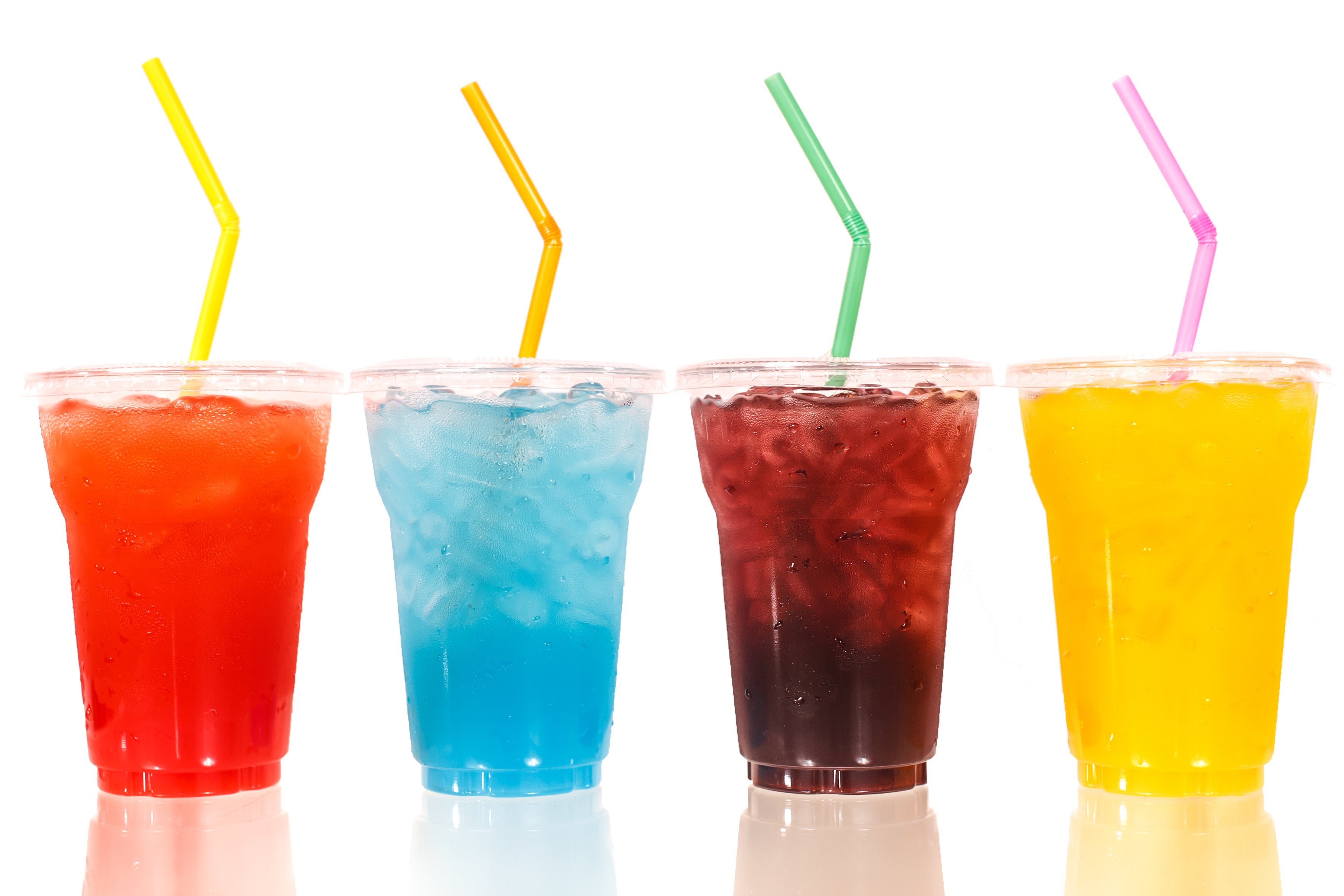
A calorie is a measure of the energy value of a food or drink. Liquid calories are often easier and quicker to consume and will satisfy thirst, but not hunger. Liquid calories are considered “hidden” calories because the body does not feel the same fullness from a drink as it does from solid foods.
When most of us think about calories and our eating habits, we think of food and forget to assess how many calories we may be drinking. The consumption of high-calorie beverages has been linked to the rising rates of obesity in the United States. One theory is that these high calories drinks are being consumed in addition to meals, adding to daily calorie intake.
Liquid calories in alcohol, juices, soda, sports drinks or specialty coffees can have a huge impact on our calorie intake. Soda and juices are the primary sources of extra calories and specialty coffee drinks are close behind. Check labels and verify what a serving size for this liquid actually is. A ”glass” of juice from your cabinet may be 16 ounces or more, but the serving size on the bottle may only be eight ounces.
For example, an eight-ounce glass of orange juice has 112 calories, 16 ounces has 224 calories and an actual orange has only 36 calories. If you want a sweet treat, consider eating the fruit instead of drinking the juice. Your hunger will be satisfied, plus you’ll get fiber and other nutrients with fewer calories. The act of chewing and the fiber from the whole fruit will help you feel full, unlike drink the juice. Save your liquid calories for special occasions instead of drinking them every day. To support your #Foodie and #HealthyWeight goals, drink water instead of soda, fruit juices or specialty coffees.
Some beverages can cross that line between drink and food. High protein milk-based drinks are one example. Protein drinks that you make at home or purchase ready-made are meal replacements, not an addition to your chewable food. Adding low-fat milk to the beginning of a meal or having milk in a soup can lead to feeling full and satisfied in a way the other high-calorie liquids do not.
Calorie intake, activity levels and behavior determine your weight gains and losses. Consider evaluating your liquid calorie intake if you are not meeting your current #HealthyWeight goals.
As always, reach out to Labor of Love for support accessing community resources before, during or after your delivery. Our goal is to provide our families with the best resources our community has to offer. LovelaceLaborOfLove@lovelace.com / 505.727.7677
Submitted by Kym Halliday Clear, RN / Manager Outpatient Programs, Lovelace Women’s Hospital.
Drewnowski & Bellisle. Am J Clin Nutr March 2007 vol. 85 no. 3 651-661




